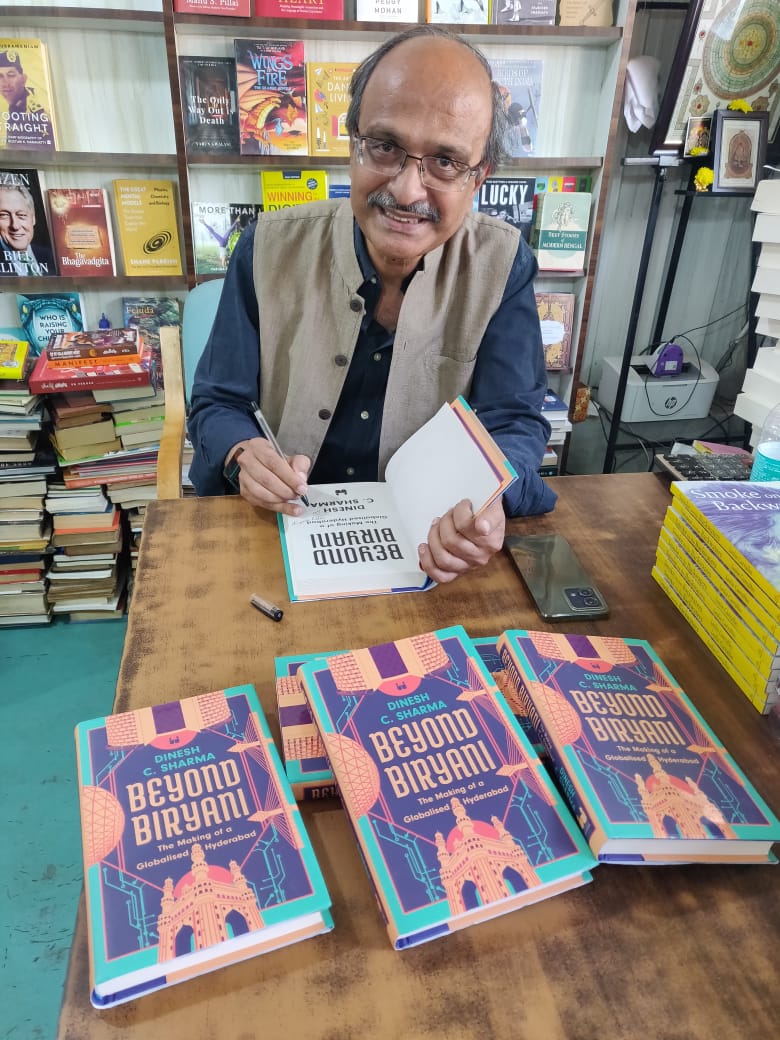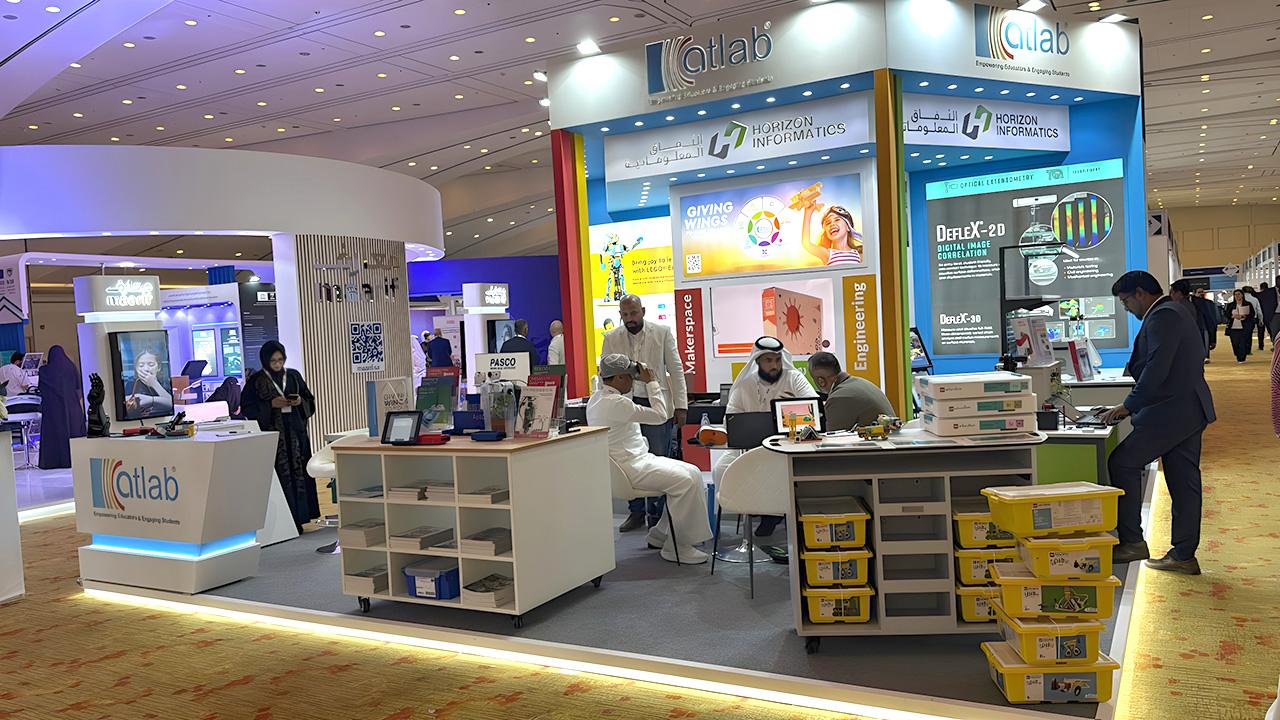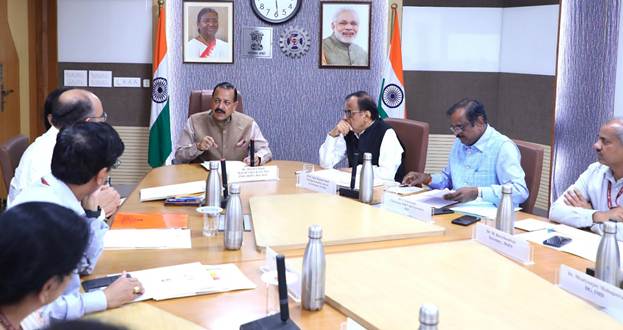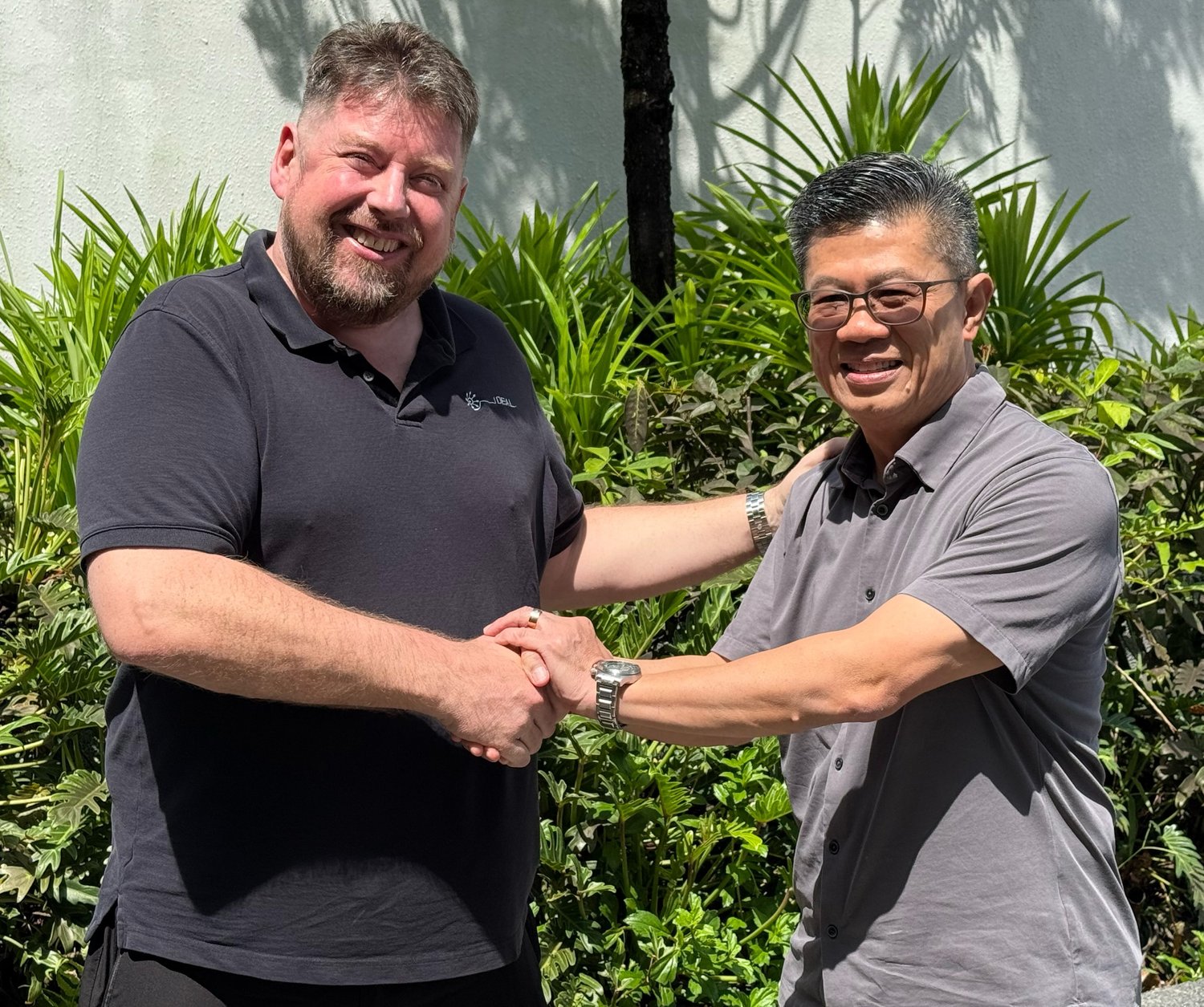Bengaluru, NFAPost: Very often there is a talk of the so-called rivalry between India’s two foremost technology hubs – Bengaluru and Hyderabad. But journalist and author Dinesh C Sharma feels that the two cities have a lot in common, they have had similar trajectories of growth and have much to learn from each other. They are digital cousins and not rivals.

Dinesh C Sharma, who was in the city to promote his new book – ‘Beyond Biryani: the Making of a Globalised Hyderabad’, said the growth story of the two cities is not a recent one but spans over a century.
The journalist turned author Dinesh C Sharma pointed out that both Bengaluru and Hyderabad were parts of two progressive princely states which invested early on in higher education, development of technical skills, manufacturing industries and were open to new ideas.
“After the independence, the two cities saw a great deal of institution building – research institutions, universities, public sector defence and heavy engineering units. All this helped build a favourable eco-system for the development of technology industry after the 1990s when the economy was opened up,” said Dinesh C Sharma.
In his book, Dinesh C Sharma delves into a common factor for the development of the two cities in the early twentieth century – Sir M Visvesvaraya.

“Very few people know that Hyderabad was MV’s first assignment after he took retirement from the British service and much before he came to Mysore,” he said.
MV’s services were requisitioned by Hyderabad Nizam, Mehboob Ali Khan, after the Musi floods of 1908. MV not only prepared a flood protection plan for Hyderabad but also a plan for development of the Musi riverfront – the first such project in India. This plan laid the foundation for modern infrastructure and institution building in Hyderabad.
The Industrial Laboratory in princely Hyderabad, around the time of the First World War, developed with the technical help from the newly established Indian Institute of Science. The first set of scientists for the Hyderabad lab were trained in the biochemistry department of IISc. The laboratory later took the shape of a larger industrial and scientific lab – eventually becoming a part of CSIR in 1956.

In the 1970s, when entrepreneurial firms were being established in Bangalore to manufacture mini and microcomputers, they looked for talent from public sector units in Hyderabad – the Electronics Corporation of India Limited (ECIL), Computer Maintenance Corporation (CMC) and the Administrative Staff College of India (ASCI) which had a large software development group. “Wipro recruited its first set of technical staff of six from ECIL,” Sharma said.
The book has many such interesting stories about the development of the Hyderabad and its connections with Bangalore. Copies of the book signed by the author are available at all leading bookstores in the city.
















